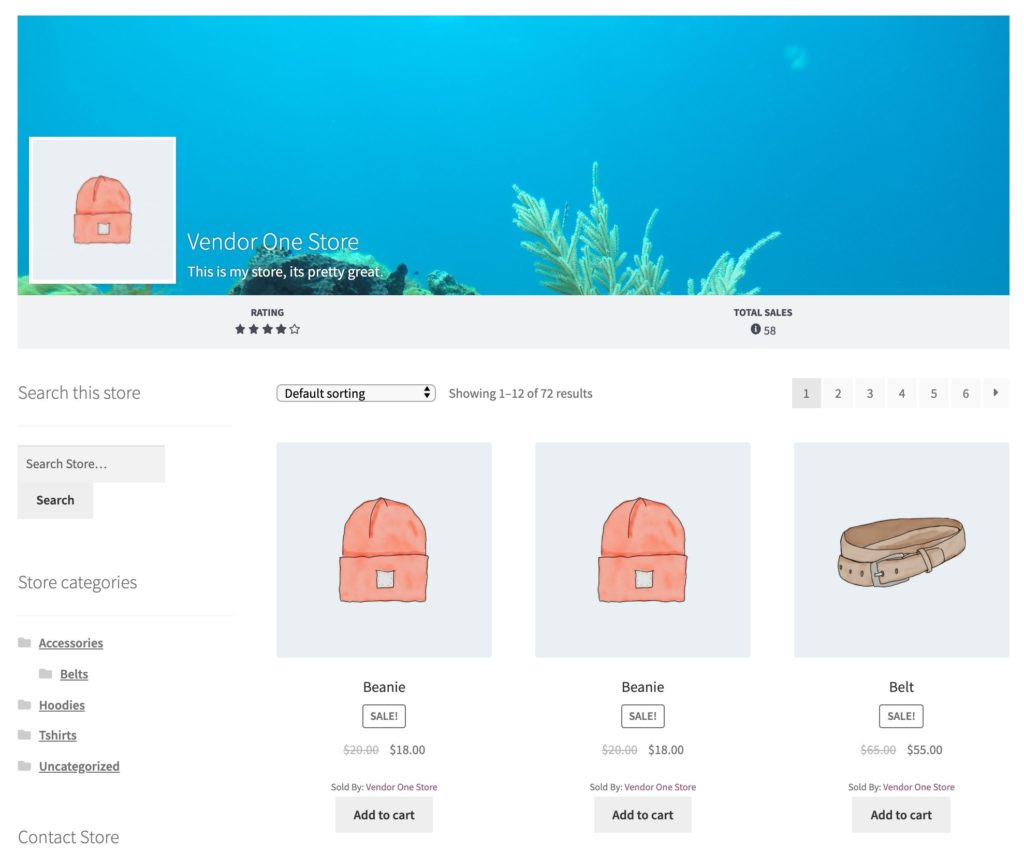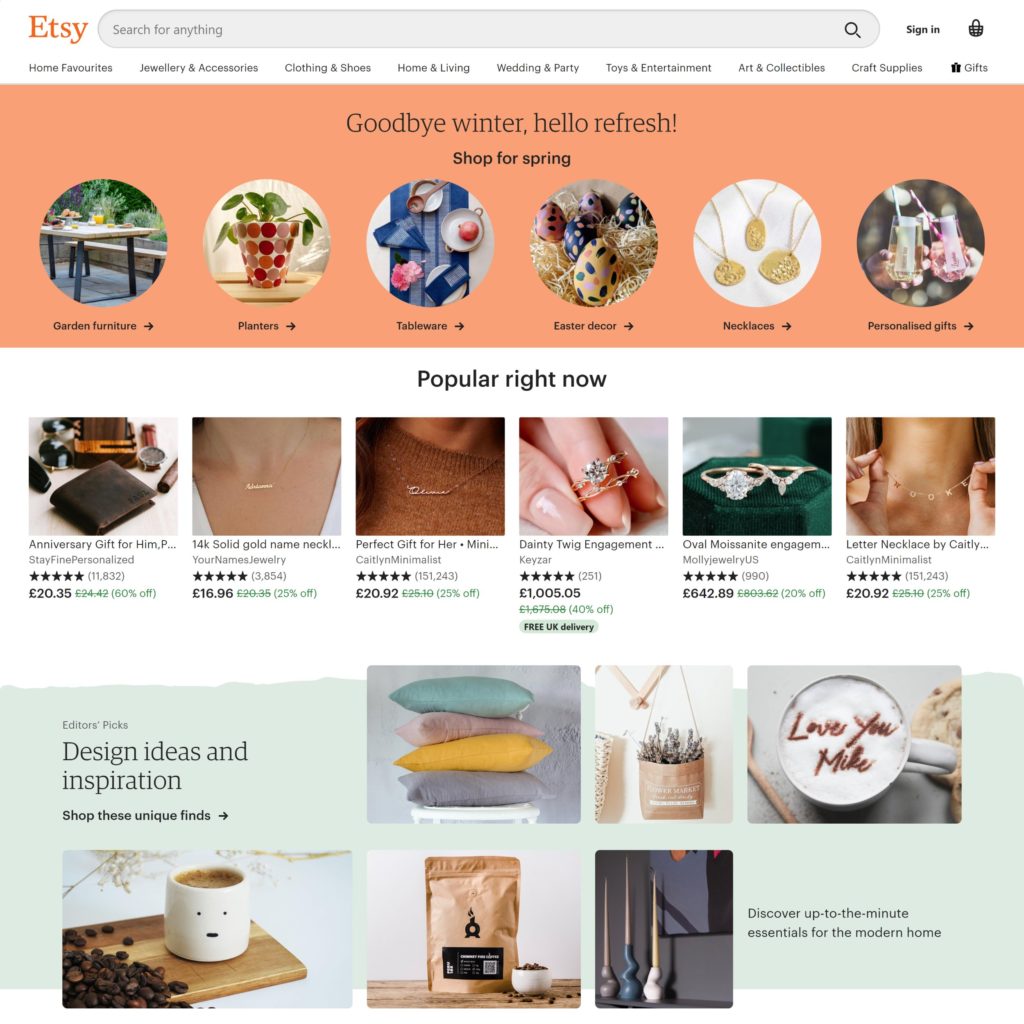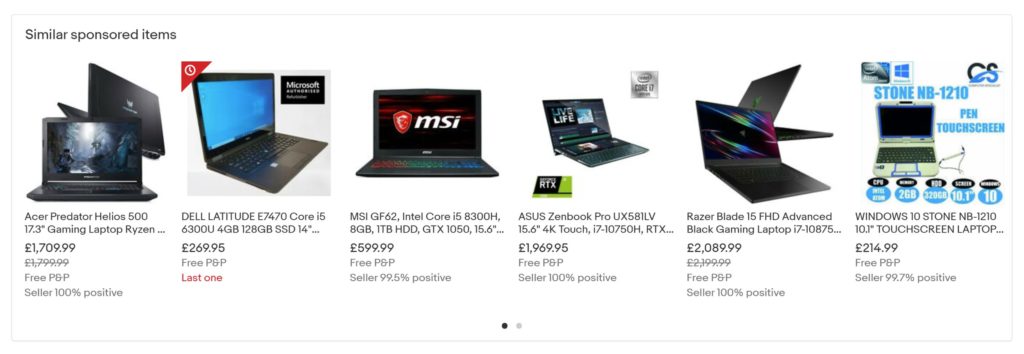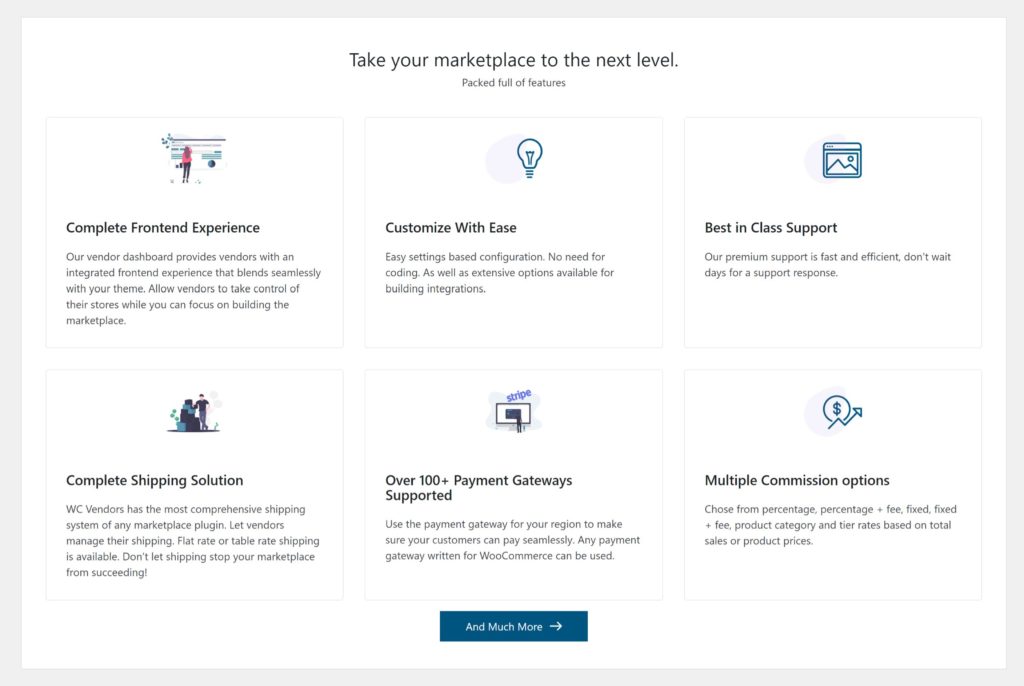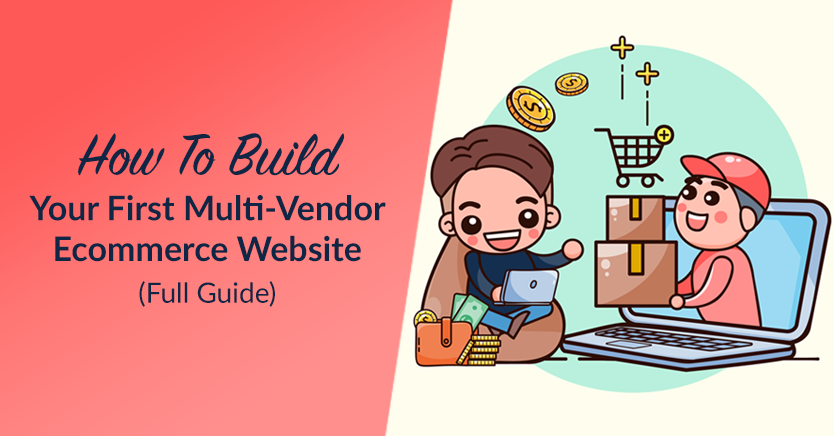
Why should you allow multiple sellers to use your online store to vend products? Simply put, you can make significantly more money by letting other businesses sell to your customers.
Sure, it may seem counterintuitive to let potential competitors take advantage of your platform this way. However, this is the business model large retailers such as Amazon engage in. And guess what? It makes them billions of dollars of additional revenue every single year!
What may surprise you is how simple it is to set up a multi-vendor marketplace. All you have to do to add multi-vendor functionality to your WooCommerce store is install the WC Vendors WordPress plugin. This plugin is free to download and only takes a few minutes to customize. You can then profit from allowing others to sell products on your website.
Before we look at how WC Vendors works, let’s look closer at what multi-vendor stores are and why shop owners should consider adding support for multiple sellers.
What Are Multi-Vendor Stores?
As the name suggests, a multi-vendor store is a website that allows multiple sellers to sell products to customers. If you look at the top e-commerce websites online, nearly all of them fall into this category.
- eBay: This platform lets millions of sellers vend products using an auction or “Buy it Now” system.
- Amazon: The world’s largest e-commerce website, Amazon sells many of its own products. However, third-party companies sell a large percentage of the products on the platform.
- Alibaba & AliExpress: Alibaba is a huge Chinese B2B marketplace. Meanwhile, AliExpress is its marketplace for consumers.
- Rakuten: Japan’s largest e-commerce marketplace is branching out to countries worldwide.
- Etsy: A popular marketplace, Etsy focuses on arts and crafts.
These large e-commerce marketplaces are highly attractive to sellers. After all, they allow multiple vendors to instantly sell their products to millions of customers without even owning a website. Furthermore, multi-vendor stores normally handle payment processing and common administrative tasks. This makes the job of selling products more convenient for them.
Unlocking Additional Revenue Streams
Ultimately, the goal of every online shop is to increase profits. E-commerce is a trillion-dollar industry that continues to grow every year, so there is always room to do that. However, because the industry is incredibly competitive, you should always seek other ways to increase revenues.
One way to boost profits is to allow third-party vendors to use your store to sell products directly to customers. But how does this business model benefit you, exactly?
Essentially, a multi-vendor store has many ways to generate additional income:
- Commissions: You take a cut of every sale that third-party sellers make through your website.
- Advertising: Sellers can purchase advertising spots on your store to promote their products.
- Memberships: You can charge vendors a monthly fee for selling on your platform, thus generating a recurring flow of income.
In addition to generating extra revenue, recruiting multiple vendors to sell on your store can greatly expand your reach. For example, a niche online shop may only offer customers 10 to 100 products. However, you can easily list thousands of products on your store if you enable multi-vendor functionality on your website. This can greatly increase incoming traffic, boost sales of your own products, improve your search engine presence, and attract new customers to your store.
In short, you potentially leave a lot of money on the table if you’re the only one selling products on your store.
Other reasons to recruit multiple vendors: the statistics
Various studies have demonstrated the benefits of supporting multiple vendors.
For starters, around 95% of people who shop online have already engaged with a multi-vendor marketplace.
Here are other impressive statistics:
- By 2025, multi-vendor marketplaces are projected to generate $8.7 trillion in sales.
- 75% of regular online shoppers wish their preferred retailers came with marketplaces.
- Marketplace websites are anticipated to account for 62% of all global ecommerce sales by 2027.
- 88% of consumers have installed at least one marketplace app on their mobile devices.
- Multi-vendor marketplaces are responsible for 57% of global online sales.
- When shopping online, 48% of consumers prefer going directly to an online marketplace.
These are all great reasons to invite multiple sellers to vend on your e-commerce platform!
How To Add Support For Multiple Sellers
Today, WooCommerce remains the most popular online e-commerce platform. This powerful WordPress plugin is free to download. In addition, it can be easily customized and expanded using thousands of WordPress themes and plugins.
WC Vendors Marketplace
For your WooCommerce-powered shop to support multiple sellers, we recommend installing the free version of WC Vendors. This plugin complements WooCommerce perfectly by building on top of your existing shop’s functionality.
Once you’ve activated WC Vendors, its Setup Wizard asks for basic information about your store, your commission settings, and what permissions vendors have.
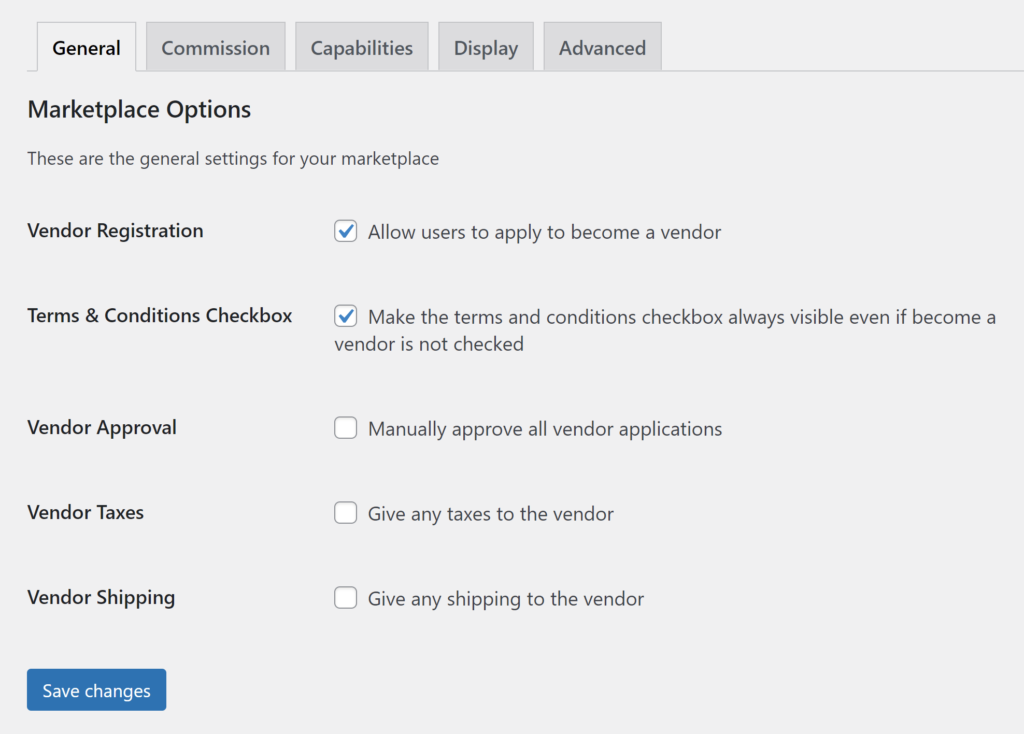
Moreover, the plugin automatically creates pages for vendor-related activities and orders. However, if you prefer, you can integrate these pages manually using the provided shortcodes.
WC Vendors Pro
Many multi-vendor marketplaces continue to use the free version of WC Vendors. However, if you want to unlock the plugin’s full potential, we recommend upgrading to WC Vendors Pro.
Upgrading lets you offer multiple sellers a front-end vendor dashboard. Furthermore, it lets you access features for managing orders and coupons; unlocks flat rate and table shipping options; and provides you with an advanced commission system that grants you control over what vendors are charged per sale.
On top of all that, many premium plugin extensions are available for WC Vendors. For instance, there are plugins to add support for Stripe payments and membership options. In addition, you get to enjoy integration plugins for WooCommerce Simple Auctions, WooCommerce Subscriptions, and WooCommerce Bookings.
Check out the WC Vendors FREE vs. PRO Comparison page for a complete overview of what each version offers.
Building your own multi-vendor platform
Are you ready to let multiple vendors sell products through your online store? Then convert it into a multi-vendor marketplace using WC Vendors!
If that sounds daunting, don’t fret; transforming a traditional online shop into a marketplace with support for multiple sellers is super easy. After all, WC Vendors’ Setup Wizard does most of the work. As for the rest, you only have to enable features by ticking checkboxes or selecting them from dropdown menus. In addition, most options have descriptions letting you know what exactly you’re activating.
Furthermore, we have great resources guiding you through the setup and launch of a multi-vendor marketplace.
For instance, if you’d like more information on the marketplace setup process, check out our article, “How To Create An Online Marketplace: A Beginner’s Guide.”
If you’re looking for detailed yet user-friendly instructions on building a multi-vendor marketplace, read our comprehensive guide, “How To Build Your First Multi-Vendor E-Commerce Website (Full Guide).”
We also have these WC Vendors Marketplace & Pro Getting Started Guides and this amazing Knowledge Base.
We wish you the best of luck as you embark on the journey of enabling multiple vendors to sell on your e-commerce platform!
Conclusion
Adding support for multiple sellers on your WooCommerce website may be just what you need to enjoy greater profits.
However, before you start your multi-vendor marketplace, you should familiarize yourself with the following concepts:
- What Are Multi-Vendor Stores?
- Unlocking Additional Revenue Streams
- How To Add Support For Multiple Sellers
Remember, if you own a WooCommerce-powered store, WC Vendors can help you generate additional revenue and increase the number of products sold via your store. If you can attract just a few key companies to sell through your platform, you can greatly enhance your yearly profits.
If you have questions about how to allow multiple vendors to sell on your platform, let us know in the comments section below!
